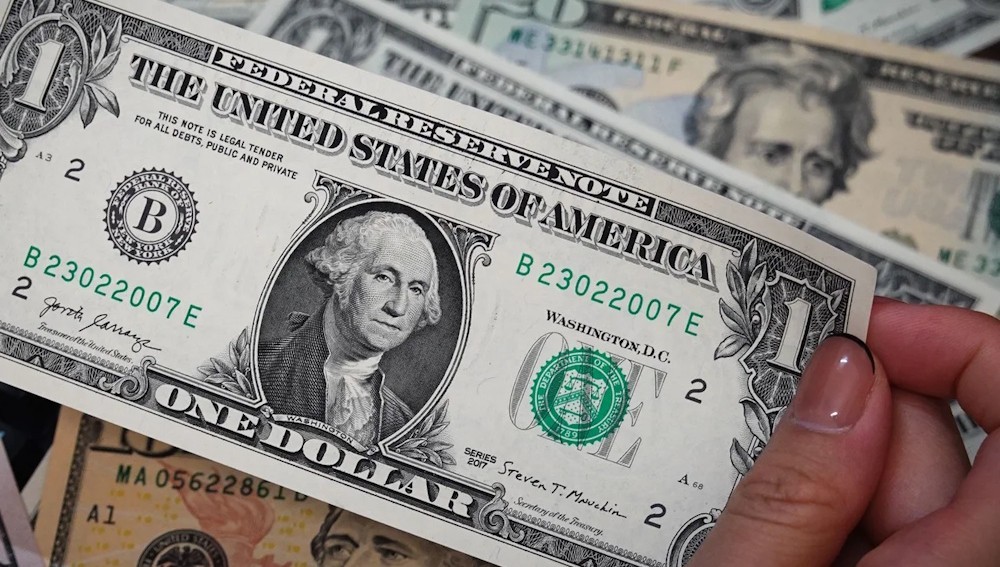
Following a rally in the latter part of last week, the dollar has been consolidating at lower levels over the past two sessions. It has returned to a bid today amid minimal news, showing gains of 0.25%-0.50% against the G10 currencies. The Australian dollar stands out, maintaining slight gains, buoyed by the stronger CPI reading and a reduced likelihood of a central bank rate cut, not just next week but also in the upcoming November meeting. The US dollar exhibits a stronger tendency against emerging market currencies. Japan resumed trading after yesterday’s holiday, and in spite of last week’s news regarding the BOJ’s plans to sell its equity ETF holdings, Japanese stocks rose alongside those in China and Hong Kong earlier today. Most of the other major markets in the region experienced declines.
Europe’s Stoxx 600 is retracing yesterday’s gains, whereas US index futures remain strong. Benchmark 10-year yields in Europe are showing slight variations, while the 10-year US Treasury yield remains unchanged, just above 4.10%. Gold is currently consolidating within a tight range, slightly below the record high established yesterday around $3,791. In a similar fashion, November WTI is holding steady at the higher end of yesterday’s range. A move above the $64.35–$64.50 range enhances the short-term technical outlook.
The Dollar Index dipped below the 38.2% retracement of the rebound observed last week, which started with Fed Chair Powell’s press conference, located close to 97.20. The ongoing phase of consolidation and correction persists, with the index returning to bid and testing the 97.60 area. A breakthrough past 97.80 may aim for 98.25. Officials from the Fed who have commented on this matter hold differing views and perceive the policy as only slightly restrictive. Growth remains elevated beyond what is considered a sustainable long-term pace without causing inflation.
New Fed Governor Miran expressed his views in an op-ed piece earlier this week, yet this does not diminish his sense of isolation. His argument relies on his evaluation that the neutral rate is close to zero, rendering the current policy setting quite restrictive. Miran’s assertion that the neutral rate has declined as a result of President Trump’s policies over the past eight months lacks compelling evidence. He did not provide specifics. Surely, he is not recognizing that the tariffs function as a hidden consumption tax. Meanwhile, yesterday’s reception to the $69 billion two-year auction was lukewarm, and today the US sells $28 billion two-year floating rate notes and $70 billion five-year notes with little concession.
